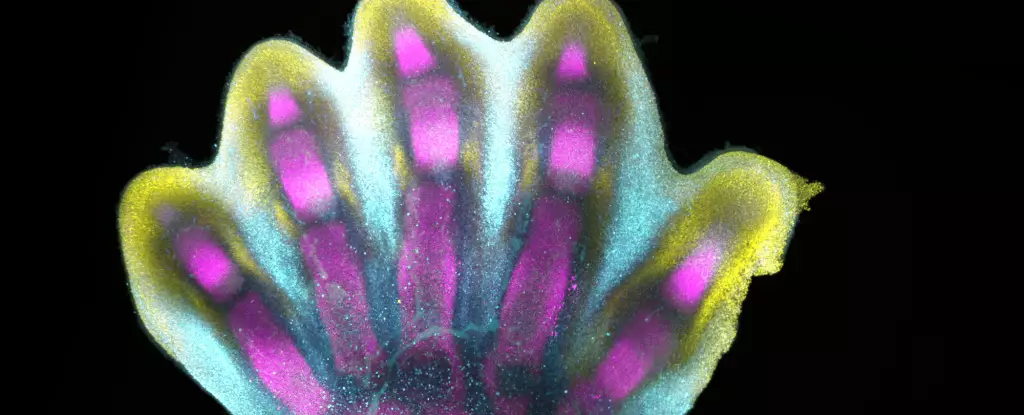Human limb development is a fascinating and intricate process that has long captured the curiosity of scientists and researchers. While previous studies have primarily relied on model organisms and lab-grown stem cells, the first human cell atlas of early limb development has now provided us with unprecedented insights into this remarkable phenomenon. In this article, we will explore the findings of this groundbreaking study and delve into the complexities of human limb formation.
Traditionally, our understanding of vertebrate limb development has been limited to what we have learned from model organisms such as mice and chicken embryos. However, humans have distinct biological differences that set them apart from these model organisms. Technological limitations and ethical considerations regarding the use of human embryos for research have further obscured our understanding of early limb formation.
Now, a pioneering international team led by cell biologist Bao Zhang at Sun Yat-sen University has successfully addressed these limitations. By analyzing thousands of single cells from donated embryonic tissues between 5 and 9 weeks of development, they have created a detailed map of early human limb development. This mapping process has shed new light on the complex and meticulously regulated process of limb formation.
A Masterpiece in the Making
The intricate process of human limb development can be compared to a sculptor chiseling away at a block of marble to reveal a masterpiece. In this case, nature plays the role of the sculptor, shaping our limbs with extraordinary precision. The researchers discovered 67 distinct cell clusters within the developing limb, uncovering several new cell states along the way.
Gene expression patterns played a crucial role in shaping the formation of digits during limb development. The expression of specific genes, such as IRX1 and SOX9, overlapped within the developing limb, indicating their critical roles in digit and skeletal development, respectively. At around 7 weeks of development, programmed cell death instructions were activated, leading to the elimination of unnecessary cells and the emergence of well-defined fingers and toes.
The precise regulation of gene expression during limb development is essential for the proper formation of fingers and toes. Small irregularities in this process can result in limb deformities, some of which affect 1 in 500 individuals and are among the most commonly reported birth syndromes. By mapping the expression of genes associated with congenital conditions such as brachydactyly (short fingers) or syndactyly (webbed digits), the researchers gained a better understanding of where and how limb development can go astray.
Unveiling the Masterpiece: Single-Cell Resolution
For the first time in history, the remarkable process of limb development has been visualized at the single-cell level, allowing researchers to study it in unprecedented detail. Using spatial and temporal mapping techniques, the researchers were able to capture the intricacies of limb development in space and time. This breakthrough provides a foundation for future studies exploring the molecular mechanisms and genetic pathways that drive human limb development.
The study of human limb development has made significant strides with the creation of the first human cell atlas of early limb development. This revolutionary research has advanced our understanding of this complex process, revealing the intricacies of gene expression, cell states, and the fine balance required for the formation of fingers and toes. By unraveling the mysteries of limb development, we gain not only a deeper appreciation for the marvels of embryonic development but also valuable insights for understanding and addressing limb deformities. The unveiling of the masterpiece that is our limbs highlights the beauty and complexity of nature’s sculpting process.



Leave a Reply